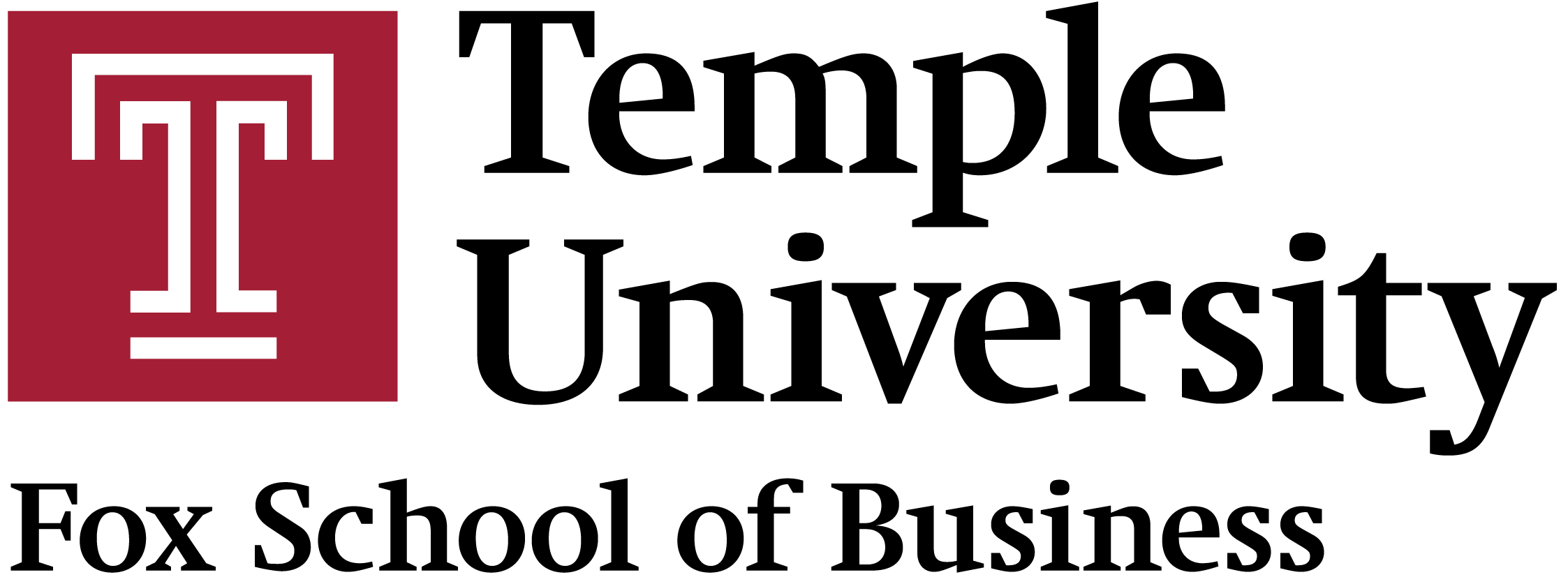Business Lead
Title of the activity:
Business Lead
Term of the activity:
Spring 2025
Name of sponsoring organization:
Temple Formula Racing
Details of the activity (e.g., where, when):
Temple Formula Racing is a chapter of Formula SAE (Formula Society of Automotive Engineers) that spends a year designing, manufacturing, and building a formula style racecar. We are also a 501 (c) (3) non-profit. At the end of the year, this team, along with 119 other schools, compete at the Michigan International Speedway in Brooklyn, Michigan. At competition, there are 4 days with 2 types of events: static and dynamic. The static events are cost, business, and design. The dynamic events are there to test the car’s performance. These events are autocross (slalom), skid pad (figure 8), acceleration (straight line), and endurance.
The business team plays a crucial role in the cost and business events. The cost event requires a “cost report” that accounts for the parts and labor of the entire car. There is also a “cost scenario” that creates a prompt around the cost report. This year, teams have to justify how their car could double production for a spec racing series (a spec racing series is where every team has the same parts and design limitations and compete with this in mind). The business event goes for 3 possible rounds. The first round has teams create an RFP document that answers a given prompt relevant to either the competition or automotive industry. From there, the teams that move on to round 2 will have to do a virtual presentation off of the back of their proposal paper. Teams that place in the top 10 will move on to finals, where they present in-person at competition. Our team is currently waiting for an announcement for round 3, but we have gotten as far as round 2 for now.
As lead, I was also the team’s treasurer. This means I would oversee purchasing for the 2nd most funded non-athletic student organization on campus (~$185,000, ~$65,000 from school and ~$120,000 from sponsors). Additionally, I along with the Vice President/Project Manager were responsible with travel planning.
What you learned:
Having been on the team for 2 years and working alongside engineers has given me project experience that is unlike anything I could fathom before joining. The large-scale projects had me learn task delegation and project management to achieve quality results. I also learned budget management methods and optimized spreadsheets to make critical improvements.
How the activity relates to coursework or your career goals:
Much of my business coursework relies on asking how a businessperson’s activities relate to a larger function. This organization helps bridge that gap for me significantly more than the typical SPO. The way I look at this team is as a business itself. Every system lead (which there are 11) depends on one another to specialize in their respective categories. This means there are multiple subject matter experts similar to how a business would function when making larger decisions. The only difference is the metric for performance is the team’s ranking at competition and not whether we’re garnering loyal customers or making large profits.

